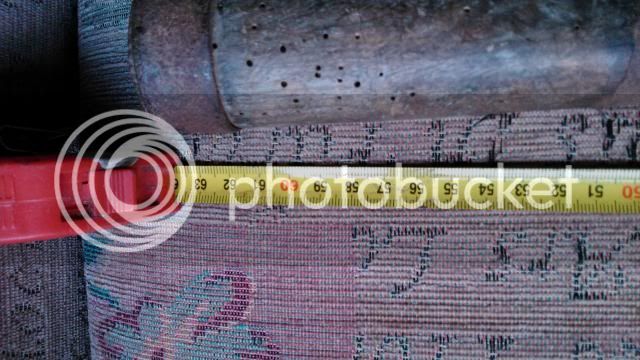Well, apart from being current or past woodworm food.....
It's a socket chisel. Can't see from the photo whether the blade is thin or thick - both sorts existed. Since the handle is hooped, I'll guess the blade is quite thick - about 3/8" to 1/2", and laminated (you may have to give it a really good cleanup to see the join between toolsteel and wrought iron). They were made for heavy work on such things as construction, millwright's work, shipwrighting, railway wagon building and the like. Probably went out of fashion very late in the 19th century. (The thin-bladed ones were favoured by patternmakers among others, but wouldn't have the looped handle, being for fine paring.)
It's not a slick. They had wider cutting edges (up to about 4"), thinner blades and longer handles (pushed from the shoulder). They were intended as paring chisels, though the sort of paring was heavy-duty by modern standards - same sort of trades as above. A bit like an adze for holes and slots.






